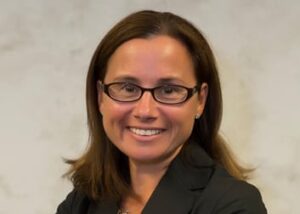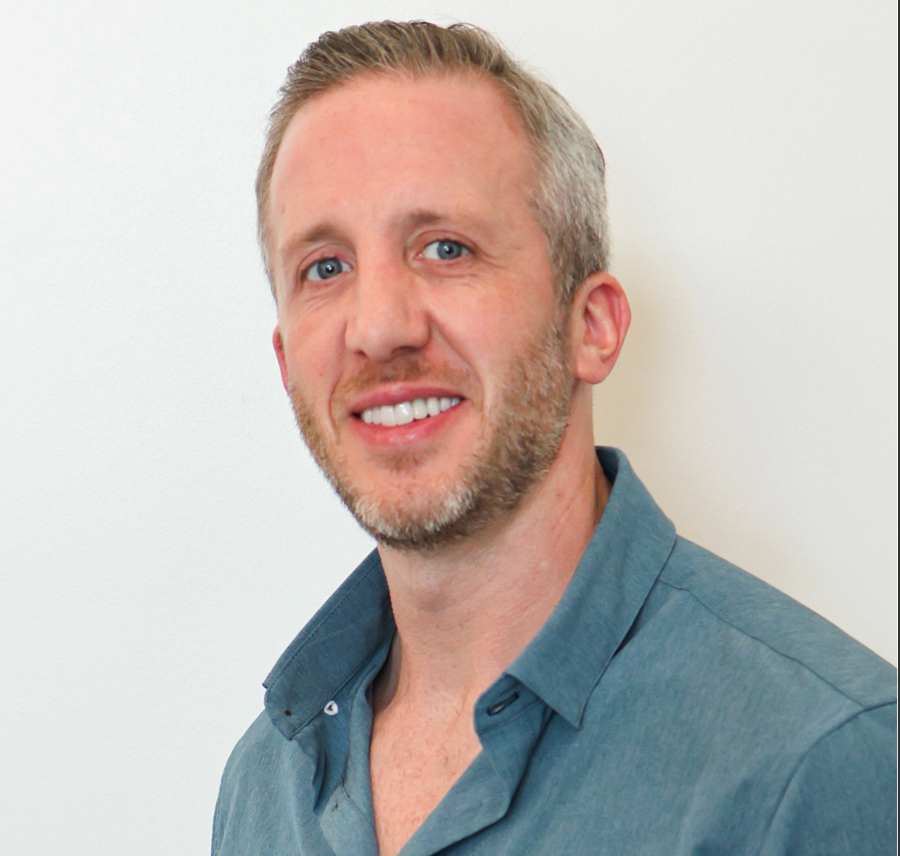By K.M. Pellegrino
In August, Connecticut’s Fairfield University named Jennifer Anderson associate vice president for marketing and communications. Anderson—who earned both her BA and MBA at Fairfield—previously served in marketing positions at Pitney Bowes for 16 years, most recently as vice president, digital and events marketing. She simultaneously served as vice president, office of the CEO, overseeing the operations of that office, driving key initiatives and supporting strategic communication efforts. Prior to that, she led marketing for the company’s global, $1.5-billion services solutions division.
In her new post, Anderson and her team are responsible for marketing and communications across the university, including advertising, digital marketing, public relations, community relations and overall strategic and integrated marketing activity. Fairfield University has 5,000 undergraduate and graduate students.
Chief Marketer recently chatted with Anderson to get her thougths about the corporate-to-academic marketing transition and how technology is helping the collegiate world evolve their marketing strategies.
CHIEF MARKETER: What are the biggest differences between working for a B2B firm like Pitney Bowes and being in the academic world?
ANDERSON: The passion and dedication of people in an academic setting are contagious. People work at a university because they want to give back to society in a way that sometimes is harder to do in a traditional corporate environment. On the flip side, however, the urgency and ownership that come with quarterly revenue goals and the “buy/sell” mentality in a B2B marketing organization need to be instilled in the academic environment. In essence, students “hire” universities, and ensuring that we meet their desired outcomes has become more and more critical in the academic space.
CM: What are the biggest challenges in attracting qualified students in today’s marketplace?
ANDERSON: Differentiation. The marketplace is competitive, and although Fairfield University has tremendous resources and we attract a global student population, many students lean heavily on financial aid packages that ultimately drive their decisions. We continuously rank in the top 2% of our peer universities, and this year ranked in the top 10 for nursing schools. Carrying those rankings becomes essential for recruitment.
CM: How has the evolution of digital and social media changed the way Fairfield markets to prospective students?
Anderson: We’ve shifted most of our [recruitment media] budget to digital, and we’ve refined our social strategy to incorporate recruitment as a key outcome. Being able to profile and target prospects based on what we know about them is an amazing shift from not so long ago, when brand-based advertising was so much of the focus. For universities, ensuring that the on-campus technology can support the desired analytics will continue to be critical to recruitment success.
CM: Are social and digital media playing a bigger role in how the university fundraises and connects with alumni?
ANDERSON: Yes. We’re seeing social campaigns going viral more often than ever before. For instance, this year, we did a social blitz when U.S. News & World Report released its annual “best colleges” rankings. We incorporated traditional marketing and PR, but relied heavily on digital and social to spread the news. The “viral-ness” of the message far out-performed more traditional channels.
CM: What are the most effective social platforms for connecting with students, alumni and donors?
ANDERSON: We see Twitter, Facebook and LinkedIn as our top three, with Instagram following close behind. We’re exploring new and exciting ideas with Snapchat, but view that as a very niche channel. We’re also in the process of creating a new social hub that will be a more robust way to manage social across our different audiences.




